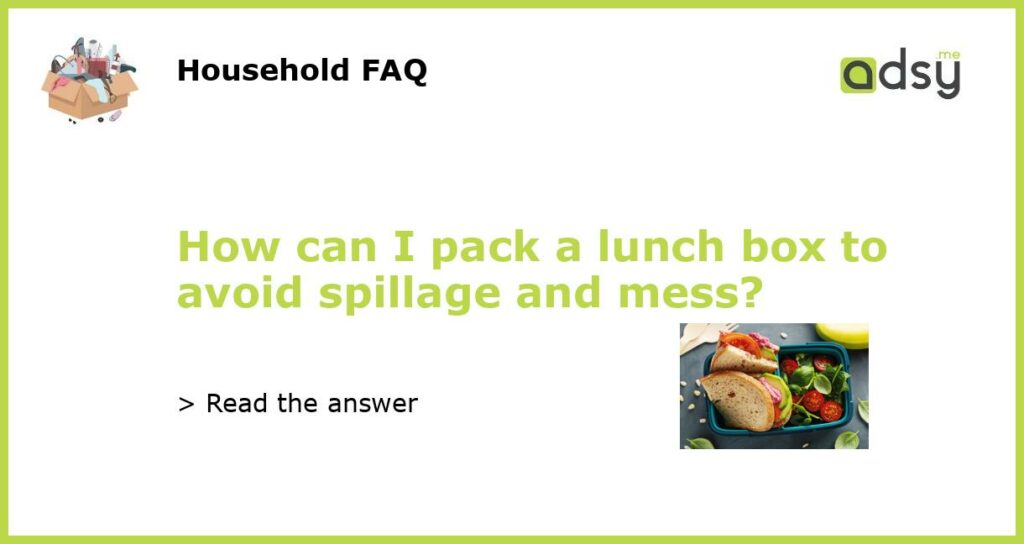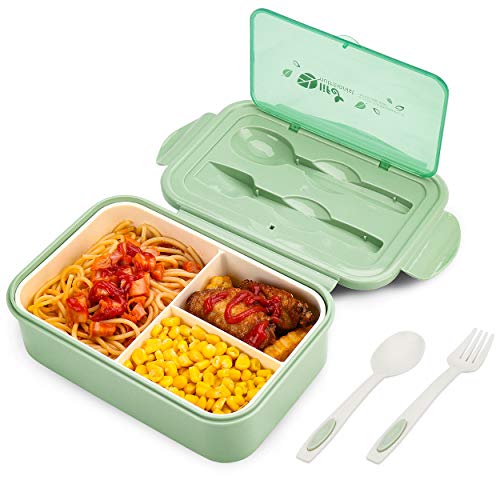Choose the right container
The first step to avoiding spillage and mess in your lunch box is to choose the right container. Look for containers with tight-fitting lids and secure clasps, such as those made of silicone or BPA-free plastic. Avoid flimsy containers or those with loose-fitting lids.
Consider investing in a bento box, which is designed with separate compartments for different foods and typically comes with its own secure lid. This can help keep different foods separate and prevent the spread of any spills.
Make sure to choose the right size container as well. If there is too much empty space in the container, your food is more likely to shift around and spill. On the other hand, if the container is too full, it may be difficult to properly close the lid and avoid leaks.
Wrap and pack effectively
When packing your lunch box, it’s important to wrap and pack effectively to prevent any spills or mess. This means wrapping any foods that have the potential to leak, such as sandwiches or wraps, in a secure and leak-proof wrap or sleeve.
Place any containers or wrapped items in your lunch box in a way that they won’t shift or move around during transportation. Use paper towels or napkins to cushion and stabilize items if necessary.
If you are packing multiple items in the same container, consider using dividers or cupcake liners to keep them separate. This can help prevent any potential spills from one item affecting the others.
Consider transportation
The way you transport your lunch box can also affect its susceptibility to spillage and mess. Keep your lunch box upright and avoid jostling it around during transportation. If possible, place it in a cooler bag with freezer packs to keep the contents cold and stable.
Consider the environment in which you will be transporting your lunch box. If you will be biking or walking, choose a container that is light and easy to carry. If you will be driving, make sure the container can fit comfortably in your car and won’t slide around during turns or stops.
Clean and dry your lunch box
After each use, make sure to properly clean and dry your lunch box to avoid any potential build up of bacteria or odors. Use warm, soapy water and a non-abrasive sponge or cloth to clean the container and its lid thoroughly.
Allow the container and its lid to air dry completely before storing or using again. This can help prevent any excess moisture or bacteria from building up inside the container and causing odor or mold.
Plan ahead
One of the best ways to avoid spillage and mess in your lunch box is to plan ahead and choose foods that are less likely to leak or spill. Choose foods that are sturdy and easy to pack, such as hard boiled eggs, whole fruits, or snack bars.
Avoid foods that are overly saucy or liquidy, such as soups or sauces, as these are more likely to spill or leak. If you must pack these types of foods, consider using leak-proof containers or packing them separately from other items.






